Deities
Thangka paintings frequently depict key Buddhist and Hindu figures, primarily bodhisattvas like Avalokiteshvara symbol of Compassion, Manjushri (Wisdom) as well as Tantric deities such as Guru Padmasambhava or specific Dharma protectors.
The iconography of these figures is highly standardized, rooted in centuries-old traditions. Bodhisattvas embody the ideal of enlightenment postponed to save all sentient beings; they are often shown serene with flowing robes and intricate hand gestures (mudras) signifying specific aspects of their vows or teachings.
Tantric deities can have a peaceful appearance and they are often depicted with their consorts in sacred union (‘Yab-Yum’ form for wisdom). Wrathful protectors are famous for their terrifying look, and each aspect conveying a specific type of power (siddhis) or function.
These sacred images are not merely decorative; they hold profound spiritual importance within Tibetan Buddhism and Hinduism. They serve as focal points for meditation, prayer, and devotion (prostration), embodying specific qualities like compassion, wisdom, power, or auspiciousness that practitioners seek to cultivate or invoke.
Showing 1–16 of 33 results
-

White Tara
From: $78.00 Select options -

Medicine Buddha
From: $78.00 Select options -

Vajrasattva
From: $120.00 Select options -

Vajradhara
From: $78.00 Select options -

Tapihritsa Bon Yogi
From: $58.00 Select options -

Green Tara
From: $78.00 Select options -

Vajrapani
From: $130.00 Select options -

Samantabhadra Buddha
From: $78.00 Select options -

Manjushri
From: $78.00 Select options -

Avalokitesvara Thousand Arms
From: $78.00 Select options -

Buddha Gautama Thangka
From: $78.00 Select options -

Cundi Bodhisattva
From: $130.00 Select options -

Vajrakilaya Thangka
From: $580.00 Select options -

Red Tara
From: $110.00 Select options -

Dhanvantari God of Ayurveda
From: $550.00 Select options

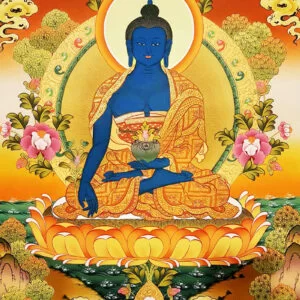
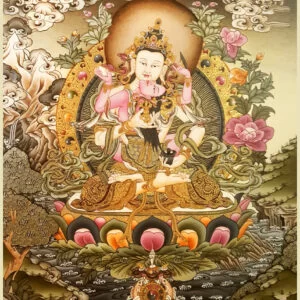
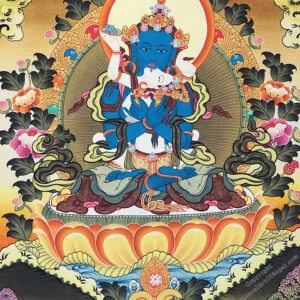
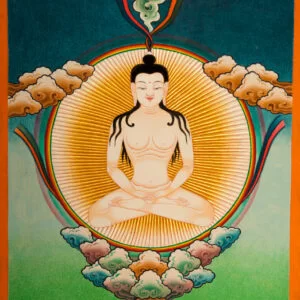
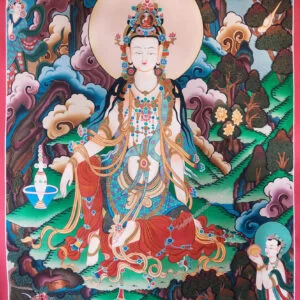
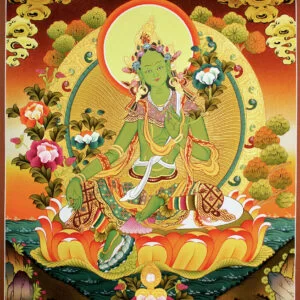
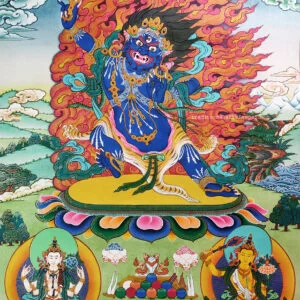
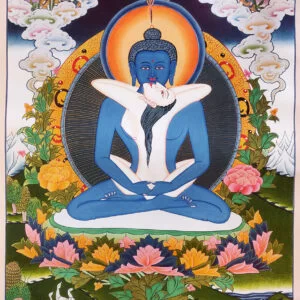
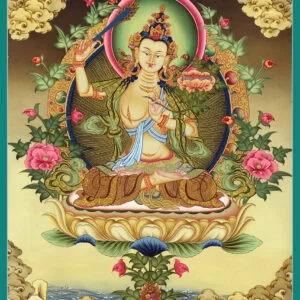
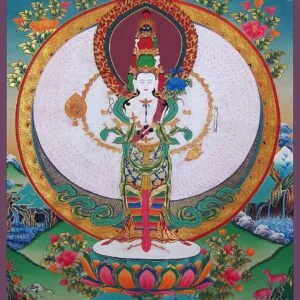
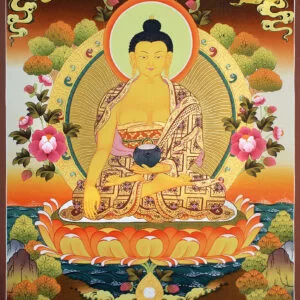
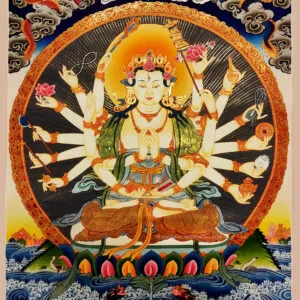
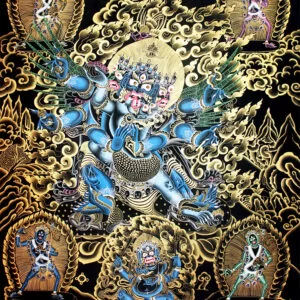
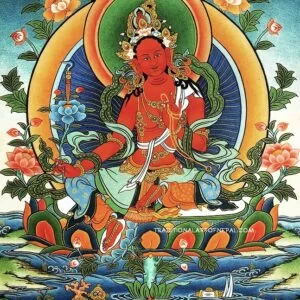
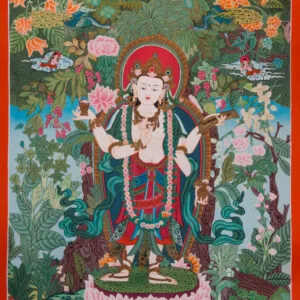
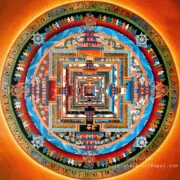 Kalachakra Mandala
Kalachakra Mandala 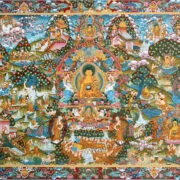 Life of Buddha Master Thangka
Life of Buddha Master Thangka 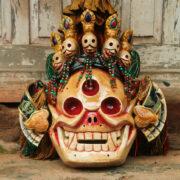 Citipati Mask
Citipati Mask 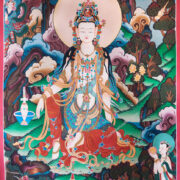 Quan Yin Thangka
Quan Yin Thangka 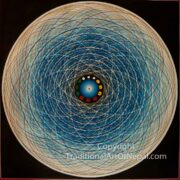 Universe Om Mandala
Universe Om Mandala 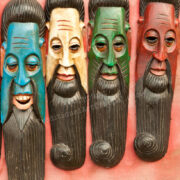 Sadhu Baba Masks
Sadhu Baba Masks  Chakraman Yogi
Chakraman Yogi 